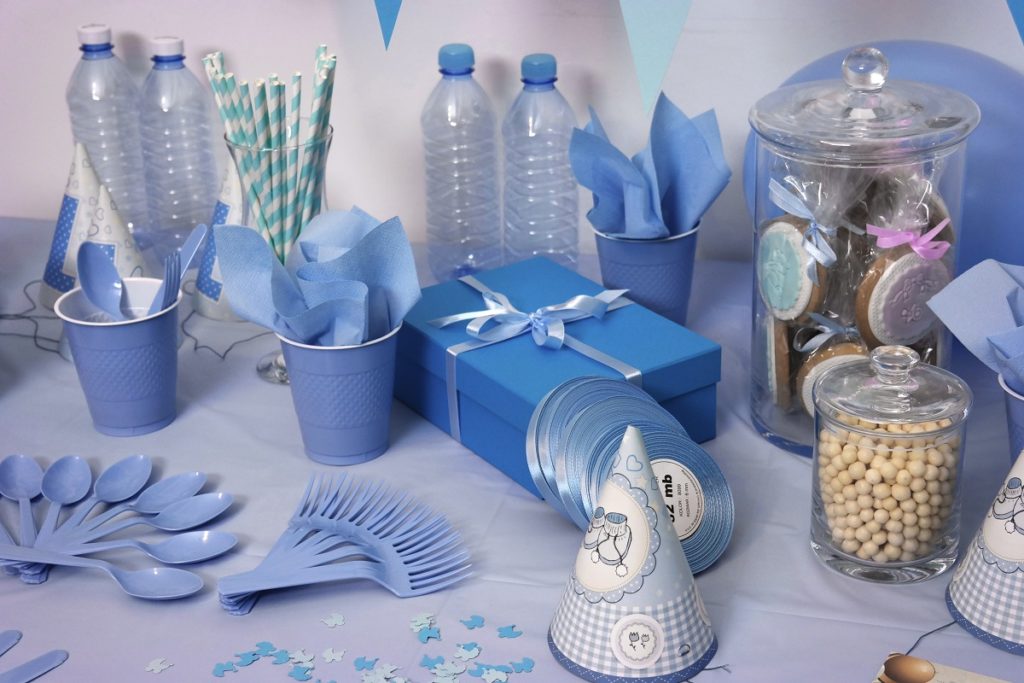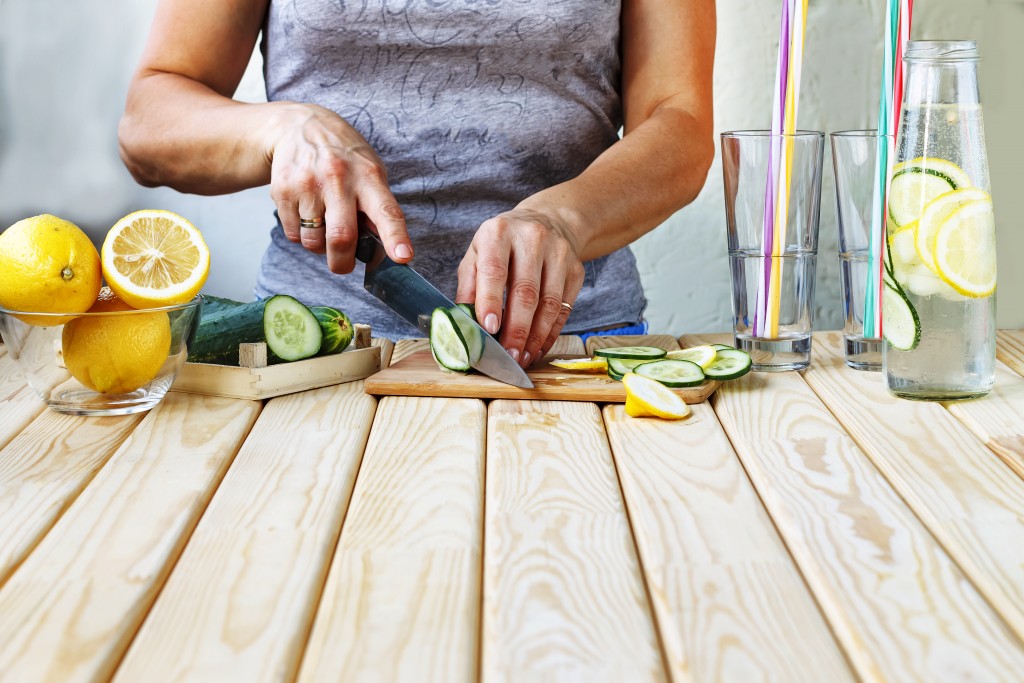Consumers are looking for ways to be more economical and environment-friendly. In other words, plastic is starting to lose its footing in the industrial world, as the issue of climate change intensifies. Since there is no magical solution in sight, people in the industry like engineers, industrial scientists, and construction workers look at their workplaces and try to come up with more sustainable alternatives. One easy solution for every injection molding supplier is the use of bioplastics, which at first reading sounds like "diet coke, but for plastics," yet has untapped potential that might prove beneficial to the world.
But first, what are bioplastics? They are ordinary plastics that come from biomass, biodegrade into biomass at the end, or both. Different kinds of bioplastics can be used in injection molding, but the most common ones today are starch-plastic composites and wood-plastic composites. Here are two examples of bioplastics used for injection molding.
Polycaprolactone (PCL)
Commonly found in drug delivery systems and human implants, this biodegradable polyester goes through hydrolytic degradation during physiological conditions. It means that PCL is cut into different chemical components in the presence of water and undergoes various changes in structure when it encounters certain processes in a living body, making it perfect for medical uses.
It is seen as a potential candidate for multiple biomedical engineering applications and might change the way humans wear plastics in the future. In its present condition, it is mainly used for the controlled release of drug components. But think about how it will also affect packaging, architecture, construction, and other industries. What if we adapt this kind of permeability to larger and harder plastics? The possibilities are endless.
Polybutyrate Adipate Terephthalate (PBAT)
This type is a biodegradable random copolymer available commercially as resin. Its biodegradable properties and potential are still largely untapped, as its usage is commonly found in everyday objects that we usually don't consider environment-friendly. PBAT is frequently used in packaging, as in plastic films, bottles, and cups or as coatings for paper and cupboard. The good thing is that it is more cost-effective than PCL. Once its potential is fully explored (and scientists are working on it as early as now), it can pave the way for sturdier packaging material, where reuse is possible and inviting. Thus, it can reduce its carbon footprint and damage to the environment.
Plastics are usually seen as the enemy of the environment, and that is not an unjust accusation. Plastic pollution is a real problem that we all must tackle and find solutions for as soon as possible. Our and our children's futures are directly affected by our everyday use of plastic. Still, perhaps, through enough research, trial-and-error, and innovation, we can find our answers back in plastics themselves. What if they are beyond reusable and can biodegrade? What if their properties can be utilized to nourish the environment? We can start with these ideas. Maybe the answer to our problems come from the roots of the issues themselves, quite literally.




